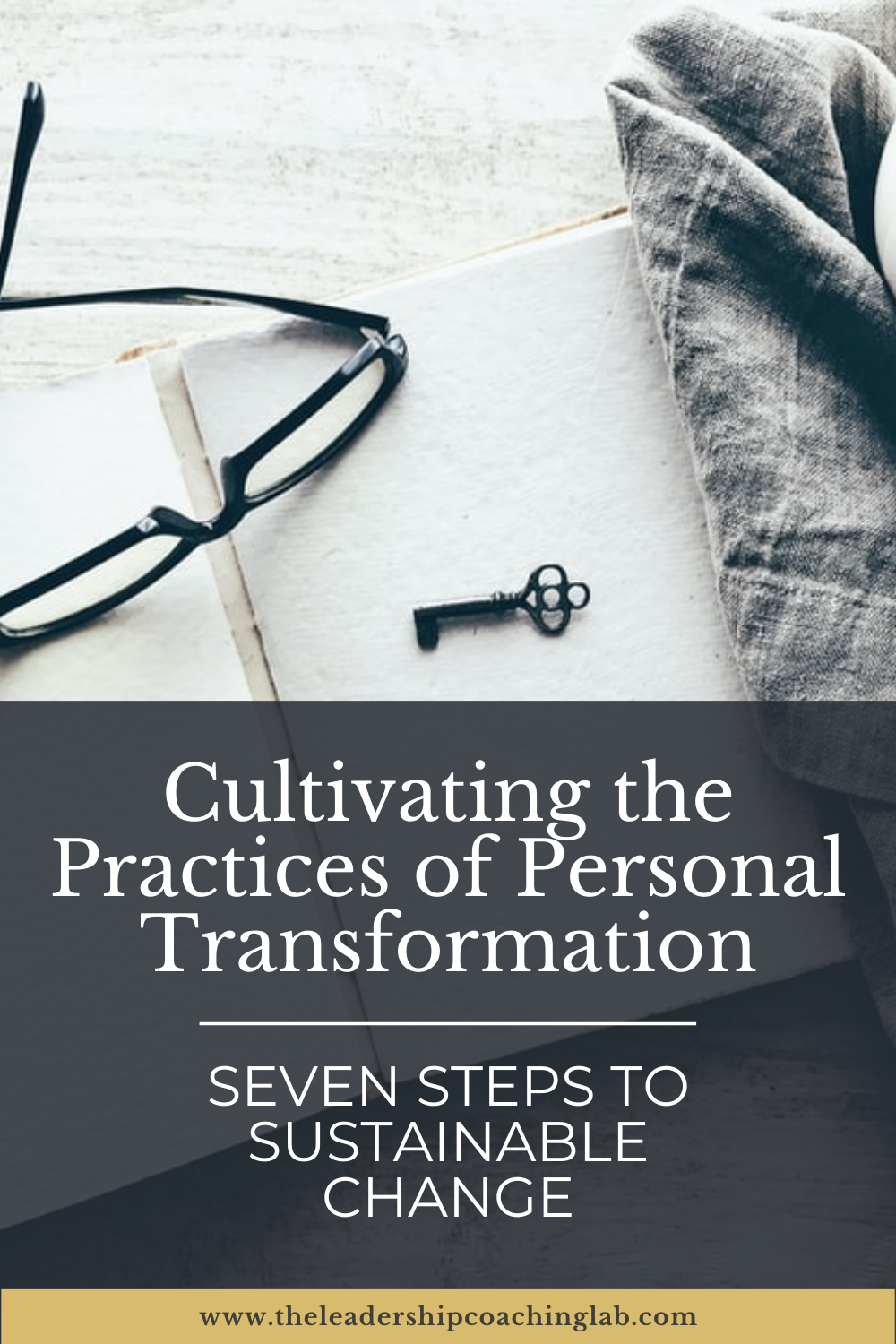How to Build Your Creative Capacity
How do we build greater capacity to adapt and innovate?
You probably remember an alarming moment, early in the COVID-19 pandemic, perhaps when you first learned about the potential rate of contagion, or when you heard about a system that was shutting down... what do you remember about that moment? As the days progressed, how did you have to adapt?
In the last two years, organizations and leaders in every industry have been forced to adapt and innovate in unexpected ways:
Educators have found ways to leverage technology to support remote learning
Corporations have experimented with new approaches to engage both hybrid and remote employees
Teams have been stretched to maintain productivity and effectiveness using online platforms
Leaders in many contexts are seeking approaches to diversity and inclusion that are truly transformative
Being forced to innovate can be arduous and stressful in the moment. With the realization that former approaches to our work are no longer sustainable, panic and chaos can ensue. As we face increasingly complex problems with no simple solutions, we need leaders who can facilitate intentional innovation.
How can we establish consistent practices that support ongoing inspiration for creativity and innovation?
Practice a Creative Mindset
The first step to developing a deliberate, disciplined approach to innovation is to intentionally practice a creative mindset:
Recognize your creative potential. When you hear the word ‘creative,’ you may instantly determine that is not you … like many, perhaps you reserve the creative label for those who are obviously talented in music, art, writing, film, theater, or some other visible type of creative expression. If you’re ruling yourself out of the creative category, it is time to reframe and rediscover how you are uniquely wired to contribute to innovation.
If you struggle to realize or tap into your creativity, take this free quiz by Adobe Create to identify your creative personality type. Read about all eight creative types here.
Release your fears. In their HBR article, Reclaim Your Creative Confidence, Tom and David Kelley discuss four different types of fear that block our creative capacity. With compelling stories, Kelley and Kelley describe the fear of the unknown, the fear of judgment, the fear of the first step, and the fear of losing control. These fears act as an inhibitor and are likely to limit our ability to observe the possibilities and potential around us.
Which of the four fears are most likely to stifle your creativity?
Reframe failures. If you are a perfectionist, the idea of embracing failure may make you cringe. However, failure provides a way for us to learn. Without failure, we would not know what is — and is not — successful in our efforts.
If you furiously avoid failure, consider writing a ‘failure resume’ to document the insights you’ve gained and how you’ve grown from past failures.
Develop Disciplines that Cultivate Creativity
Beyond recognizing what mindsets will facilitate creativity, the next step is to engage in actionable practices to boost your creative capacity.
Set dedicated time to learn new ideas. Intentionally choose to hear from sources that present a variety of perspectives. Watch TED Talks, listen to podcasts regularly, keep up with the latest documentaries, and read broadly. Talk with people who have varied backgrounds and represent different disciplines.
Go for a walk. Fascinating research conducted by Marily Oppezzo and colleagues demonstrates how going for a walk can directly increase your creativity levels.
Conduct informal interviews to gain new insight. One of the best ways to learn new insights is to seek out others’ perspectives: our customers, direct reports, students, or anyone who is impacted by the work we are doing. Otherwise it’s too easy to get misled by our own biases and assumptions.
Brainstorm as many options as you can. When you’re brainstorming new ideas or inspiration for improvements, activate your curiosity by asking open-ended questions. “What if?” and “How could I?” questions are great prompts to let the creativity flow. However … do not stop at your first idea. Come up with as many ideas as you can, recording each one in a notebook or journal.
Sign up for my newsletter to get your free Tips to Better Brainstorming Guide
Experiment to learn what works. We often decide that one solution is the best without having any data to support that conclusion. Instead of locking into a specific approach based on assumptions, create low-stakes opportunities to test your ideas first … for example, create a one-page prototype to pitch a new program and get feedback from as many collaborators as you can.
“Creativity is something you practice, not just something you’re born with.”
References
Burnett, W., Burnett, B., & Evans, D. J. (2016). Designing your life: How to build a well-lived, joyful life. Knopf.
Kelley, T., & Kelley, D. (2013). Creative confidence: Unleashing the creative potential within us all. Currency.
Kelley, T., & Kelley, D. (2012). Reclaim your creative confidence. Harvard Business Review, 90(12), 115-118.
Oppezzo, M., & Schwartz, D. L. (2014). Give your ideas some legs: The positive effect of walking on creative thinking. Journal of Experimental Psychology: Learning, Memory, and Cognition, 40(4), 1142.





